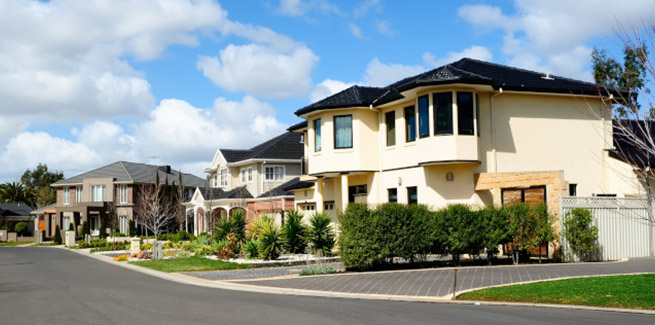More first home buyers, and aspiring home owners, are focusing their attention away from city centres to more fringe and regional locations, according to new data published by REA Group.
According to the digital property platform, of the top 10 areas inquired by those who identify as first home buyer on realestate.com.au over November, nine were situated in either the outer suburbs of capital cities or in regional areas.
These included houses for Craigieburn – a Melbourne suburb located roughly 25 kilometres north of the CBD – which was ranked as the second most popular inquiry, as well as units for the NSW city of Wollongong, which ranked fifth.
The next most popular inquiries included houses located in the south-east Melbourne satellite suburb of Pakenham (in third place), the Gold Coast suburb of Pimpama (fourth), Caboolture (sixth), Brisbane’s Springfield Lakes (seventh), the Gold Coast’s Coomera (eighth), Blacktown in Western Sydney (ninth) and Melbourne’s Clyde North (10th).
The research has supported previous findings of first home buyer relocation behaviour, with data from NAB noting that, between May and August last year, first home buyers settling in outer suburbs grew by 77 per cent compared to the same period in 2020.
Additionally, a separate report from CoreLogic showed that regional areas boomed by 25.9 per cent during 2021, while capital cities rose by 21 per cent.
However, CoreLogic also found that in the last quarter of 2021, units in Melbourne had the second-lowest growth in the country at 1.8 per cent, below the combined capital city average of 2 per cent.
Notably, the most common inquiry for first home buyers over November was for units located in Melbourne’s CBD.
But the minimal growth rate among Melbourne’s units could also be associated with more residents leaving capital cities behind for greener pastures.
Previous data from REA Group, showed that in the 12 months to March last year, 32,166 Melbourne residents left the city. Comparatively, Victoria’s regional areas reported an increase of 13,975 residents over the same period.
Further research published by the Regional Australia Institute in October found that, between September 2020 and September 2021, exoduses from Melbourne and Sydney accounted for almost all of capital city migrations, at 48 per cent and 47 per cent of the total respectively.
Between September 2019 to September 2020, Sydney and Melbourne had accounted for 92 per cent of the capital city net outflow.
[Related: Housing market linked to birth rate: University of Sydney]
 ;
;